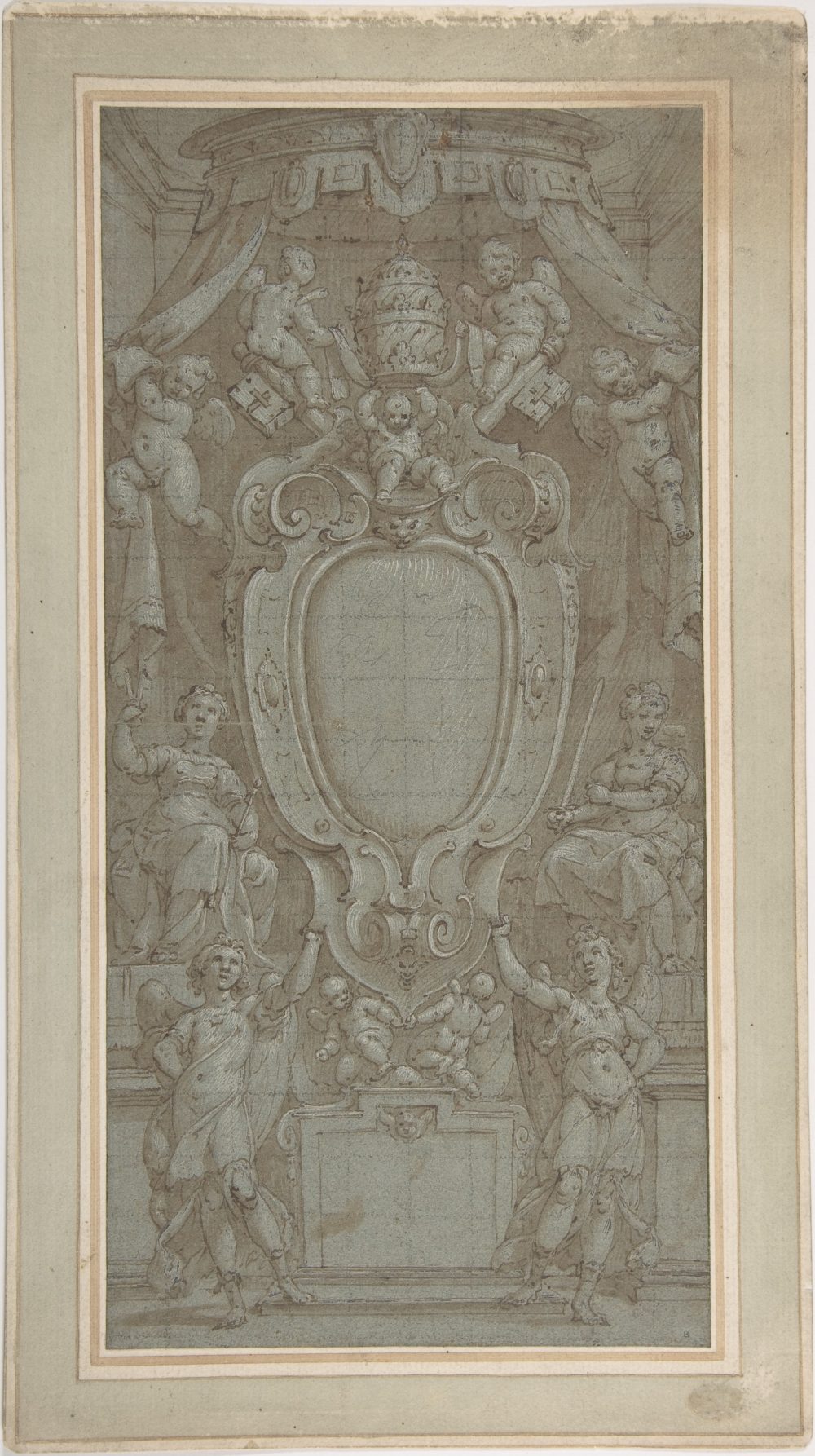
Metropolitan Museum of Art, New York, www.metmuseum.org
In this section, the characters discuss the correct technical process of creating a work of art.
“Speaking again, M. Silvio said: ‘[…] The alert and prudent painter must first of all seek to master the subject of the history. Then you must compose It’s in the way it should be, and in doing that he should imitate the architect who, before beginning the structure he intends to build, makes a wooden model of it or draws a plan of it on paper. So he must make sketches, cartoons,«modelli», and he must not trust his mind because it is unreliable; a fine imaginative idea [capriccio] we sometimes occur to him and if it’s not put down on paper it will be forgotten. I do not place the painter in any better position than the writer, who, according to Horace, should not publish his work without having made many corrections and changed it ten times. Petrarch clearly showed that he did this when he wrote:
«So many of them I tear up, and (again) prepare and write them.»
[…] I will say this of the painter who has made his sketch: he will not wander into error if he goes about gradually adjusting and correcting it; if you thinks about character, the subject matter that he is painting, the clothes that are necessary, the appropriate movements; and if he makes the beginning agree with the middle and the middle with the end. For poor understanding of the subject results in infinite errors, and in my view the worst thing is to abandon truth in response to some subjective idea [capriccio] that abuses it. This has become dominant to such an extent these days that few are seen doing the opposite’.”
“Ripigliando il parlare, M. Silvio disse: “[…] L’accorto e prudente pittore la prima cosa deve cercare d’impatronirsi bene del soggetto de l’istoria; dopo, ordinarla come ha da essere, et in ciò deve imitare l’architetto, il quale, prima che cominci la fabrica che far disegna, ne fa il modello di legno o la disegna in carta. Tal esso ne deve fare gli schizzi, i cartoni, i modelli, e non si confidar ne la mente perché è labile: viene a le volte un bel capriccio, e se non si mette in carta si scorda. Io non fo di miglior condizione il pittore che lo scrittore, il quale, secondo Orazio, non deve mandar fuora l’opera sua, se non v’ha fatte molte cassature per ammendarla diece volte; e ben mostrò il Petrarca che ciò faceva, quando disse:
«Tante ne squarcio, n’apparecchio e vergo.»
Perché non penso che nissuno abbia tanto ben purgato et elevato ingegno, che al porre la penna in carta faccia il suo poema perfetto; ma scritto che un l’ha, lo va considerando, ripolendo, traportando le parole dal proprio al traslato, l’orna di figure, ripurga le mende, abbellisce il concetto. Tal dirò del pittore, che, fatta la bozza, a poco a poco la va assettando e correggendo, considera la persona, il soggetto che dipinge, gli abiti che se li richiede, gli sforzi convenevoli, concorda il principio col mezzo e ‘l mezzo col fine, non erra negli abusi. Perché la mala intelligenza del soggetto fa commettere infiniti errori, e pessima cosa io stimo lasciar la verità per ubidire al capriccio et a l’abuso; il quale oggi ha di maniera preso il dominio, che a pochi si vede fare il contrario’.”
Gilio 2018, 119-121, n.101-103



